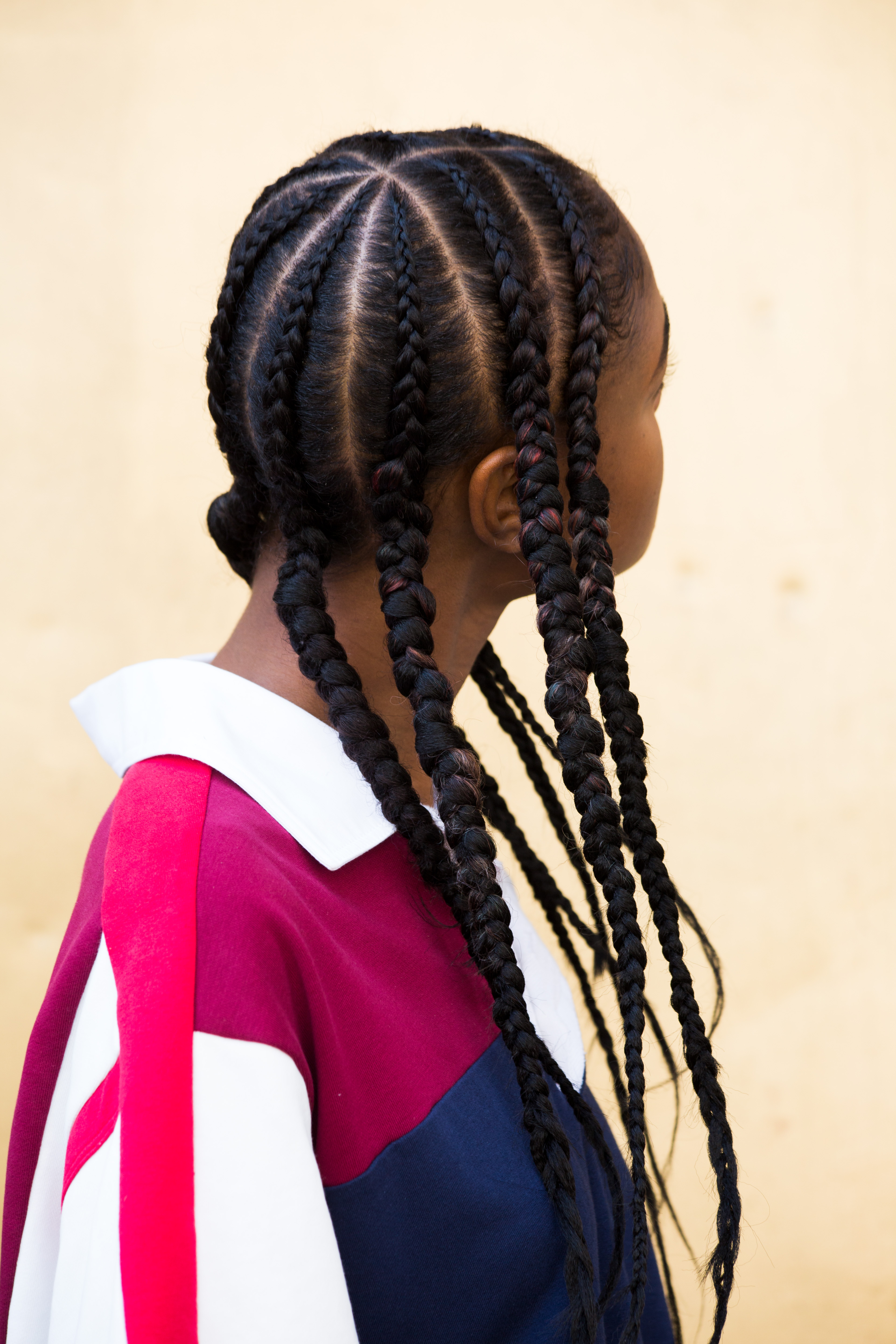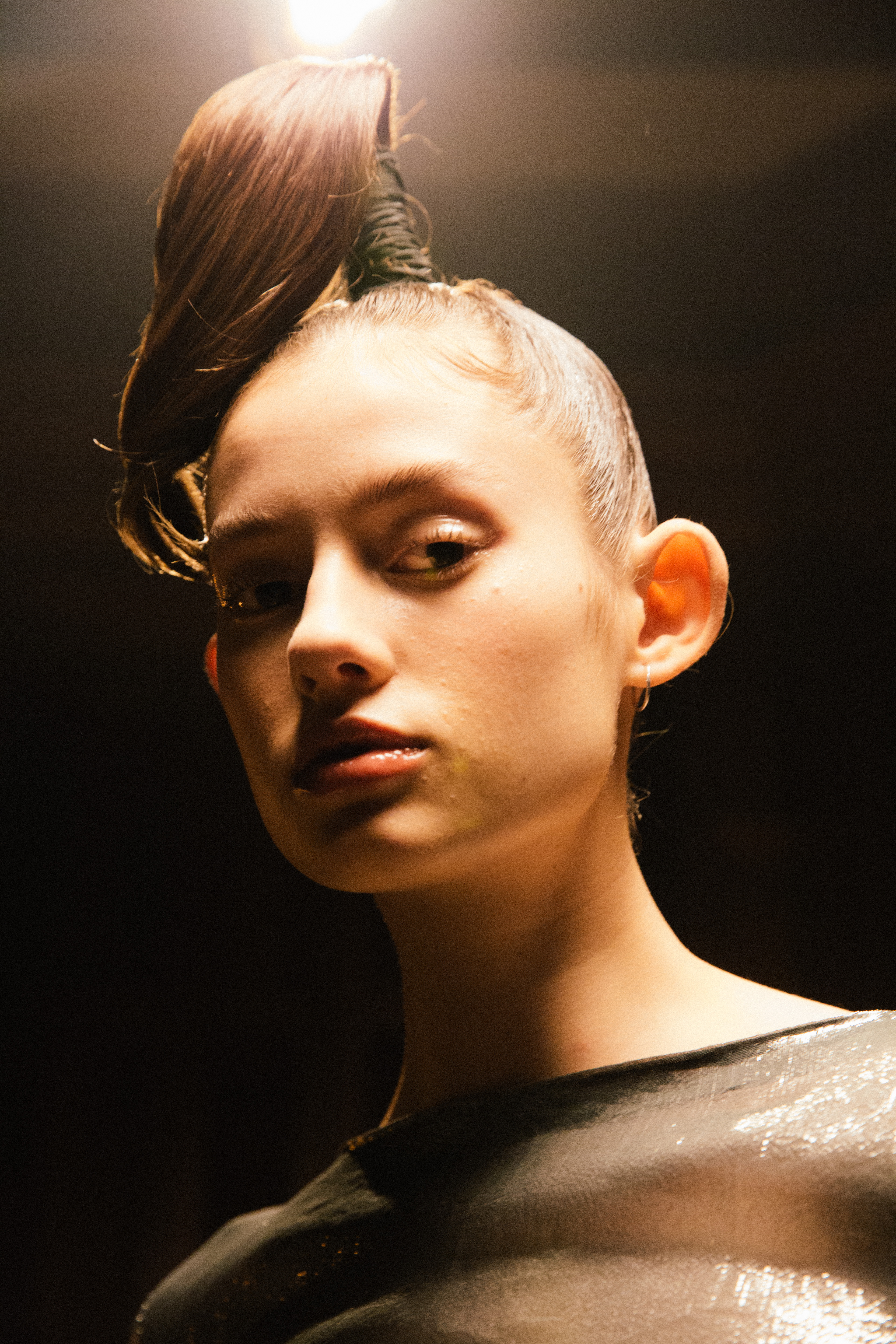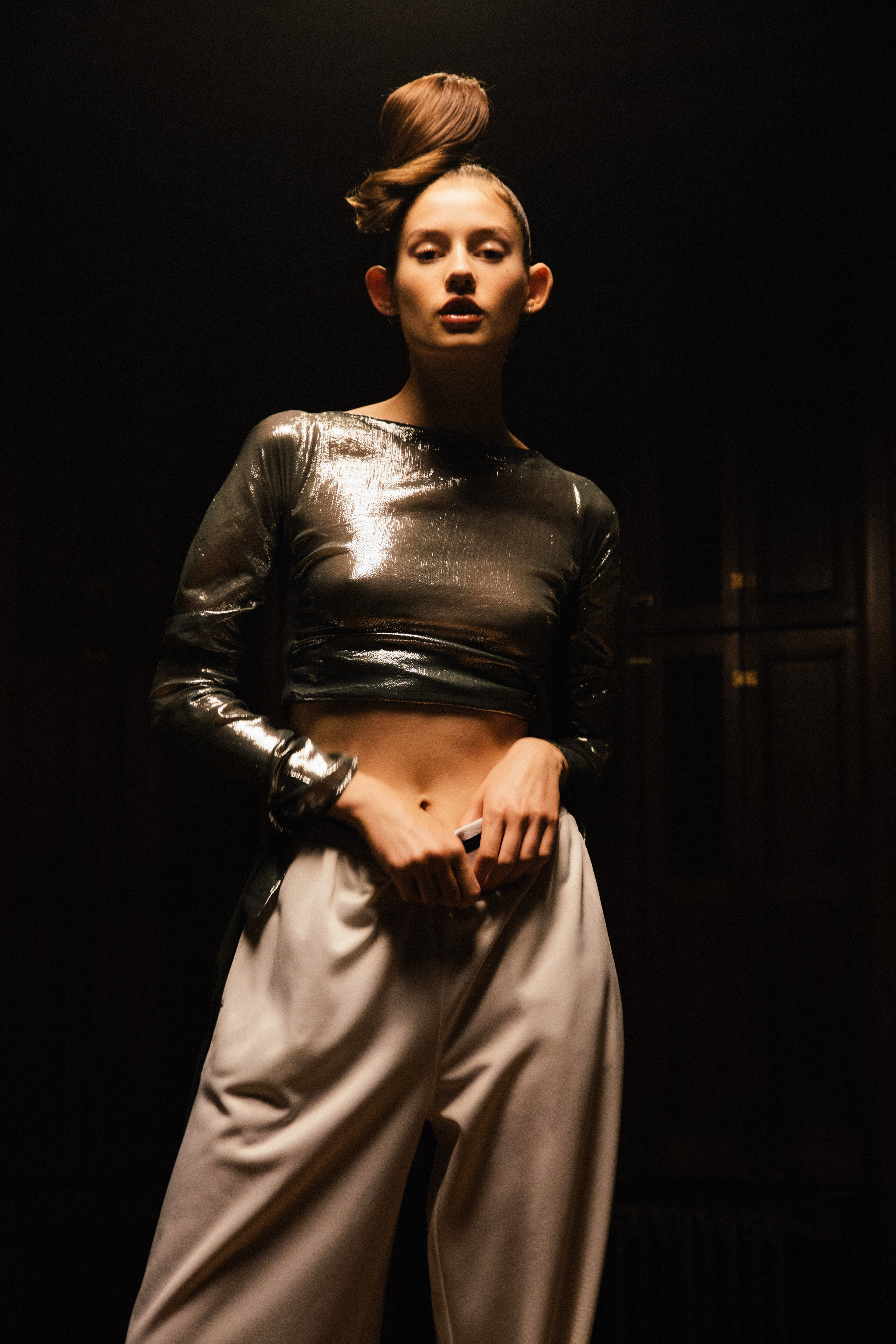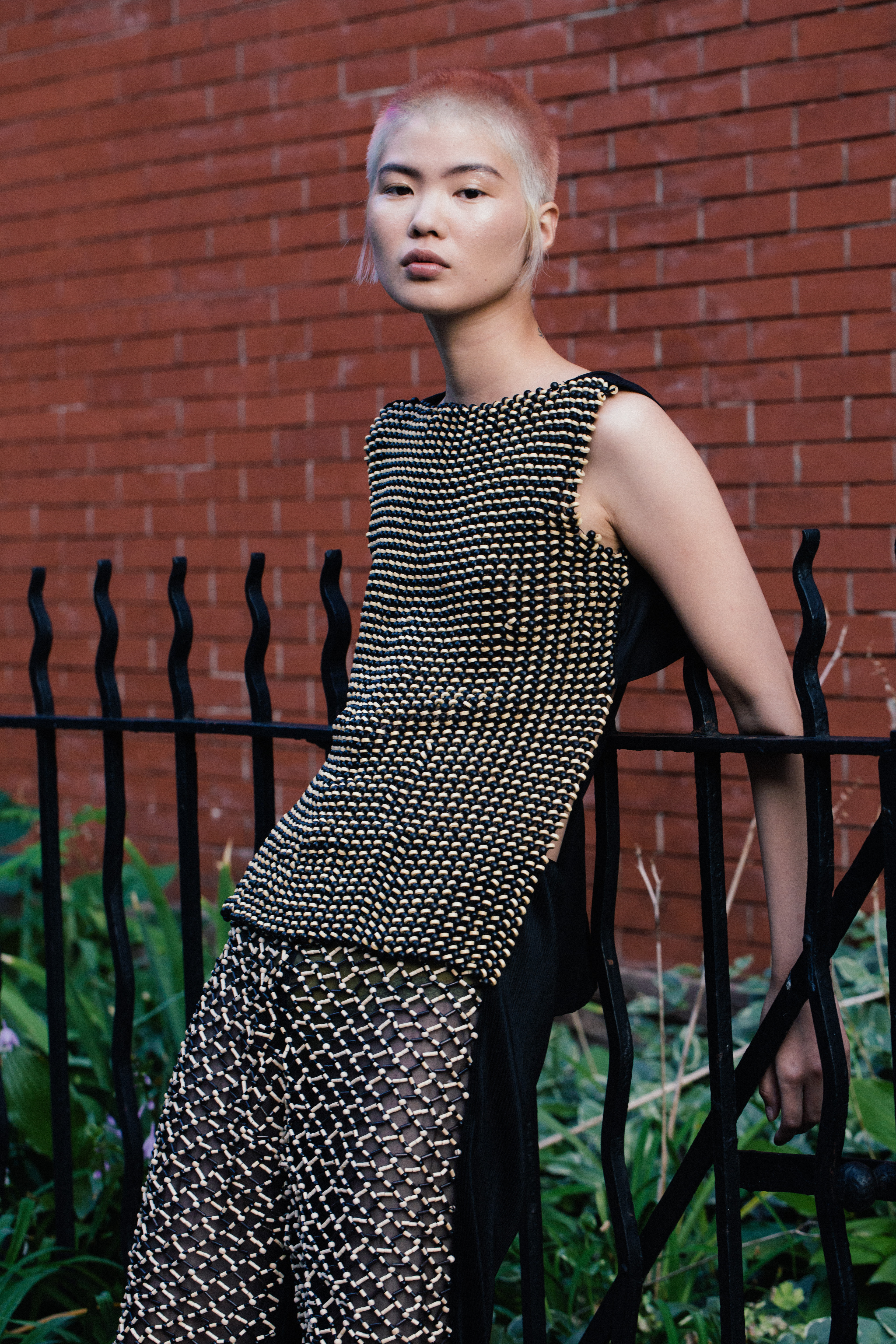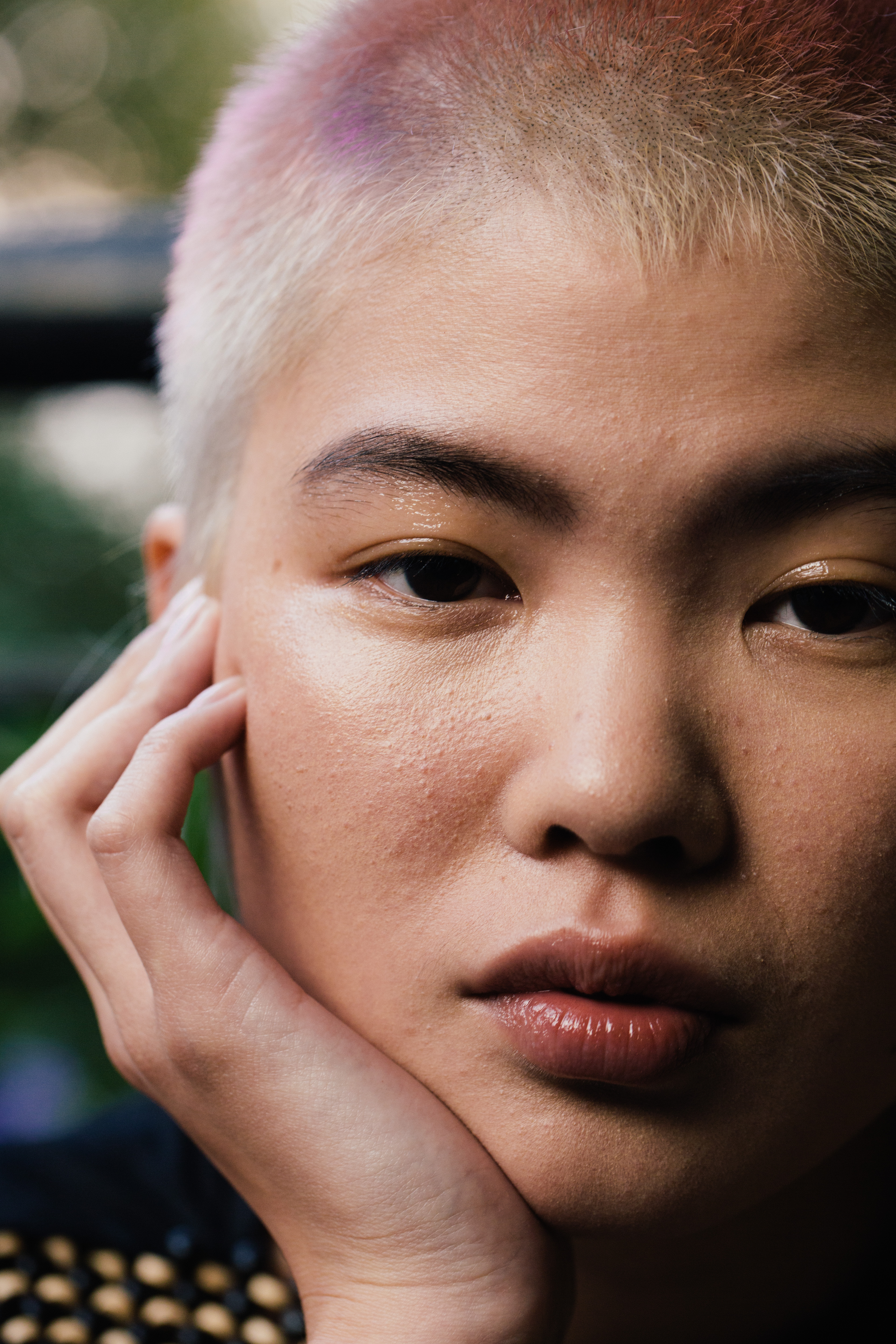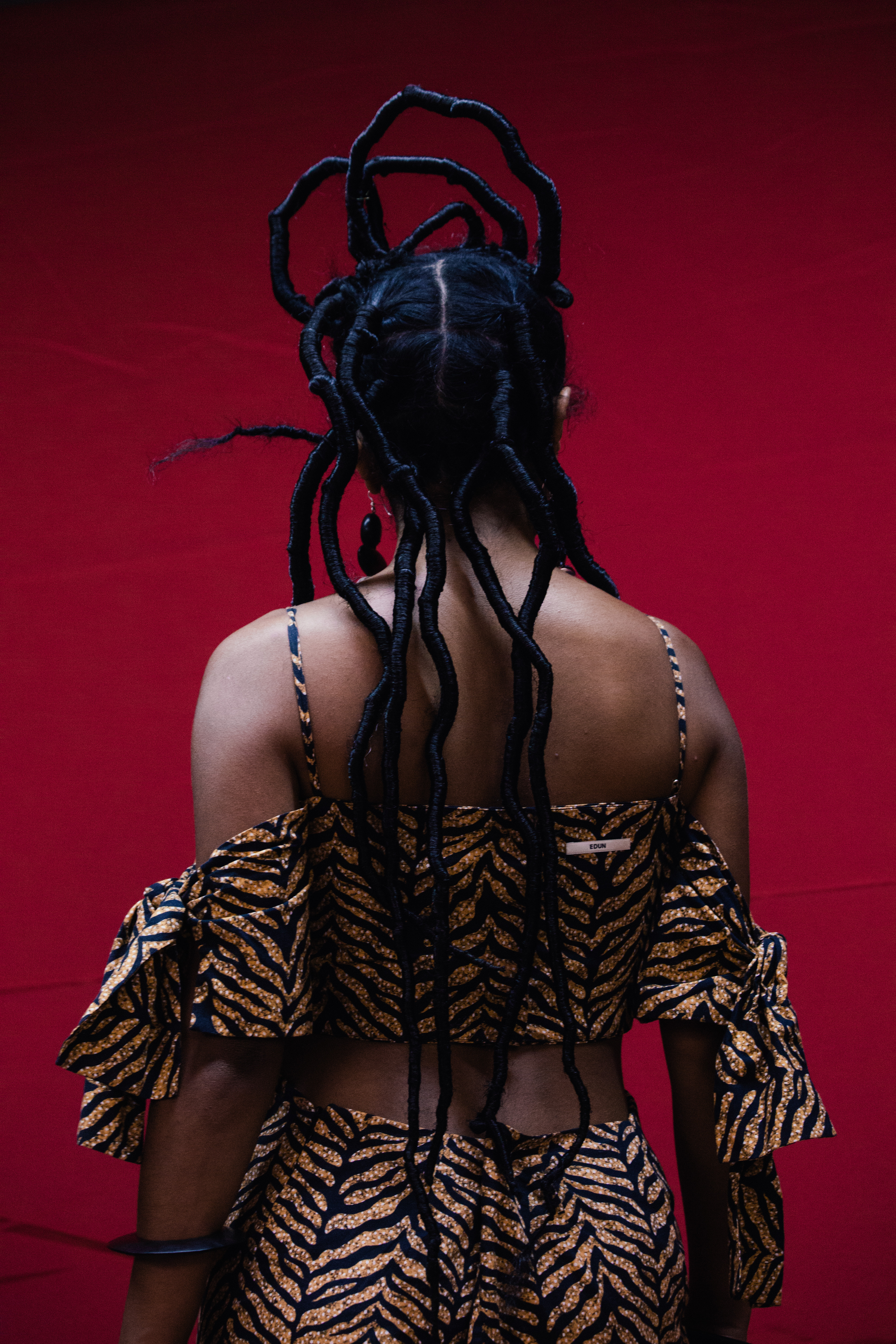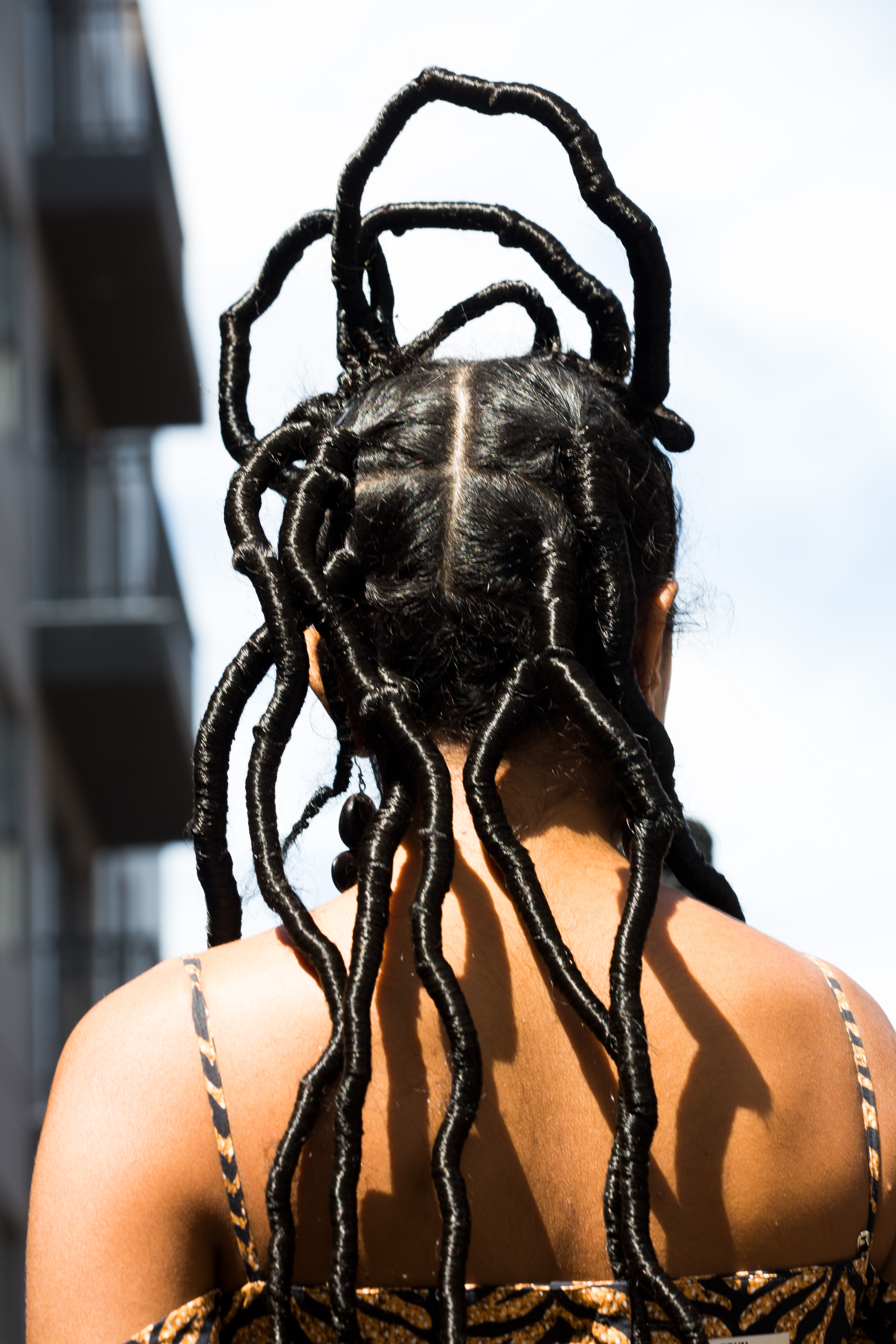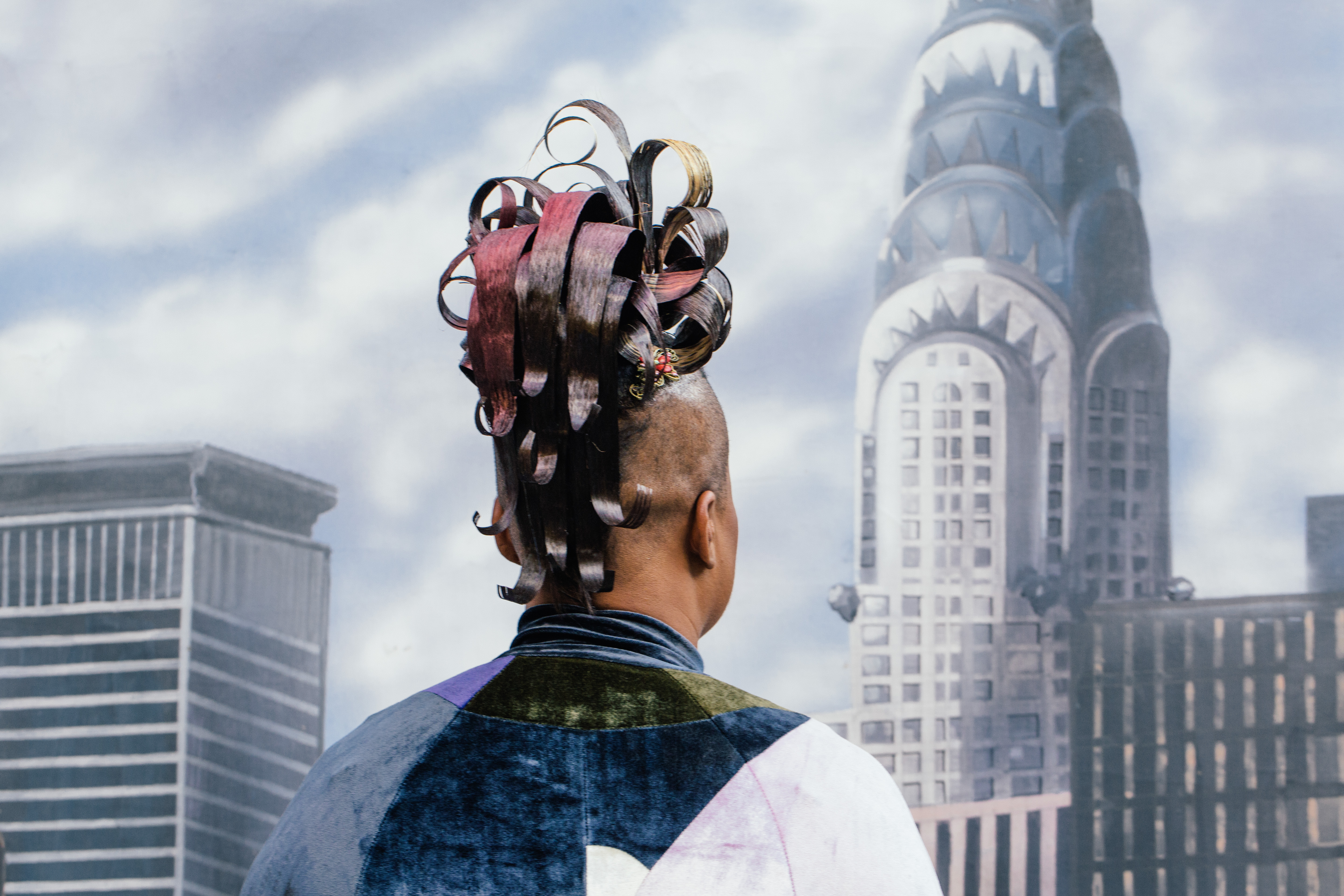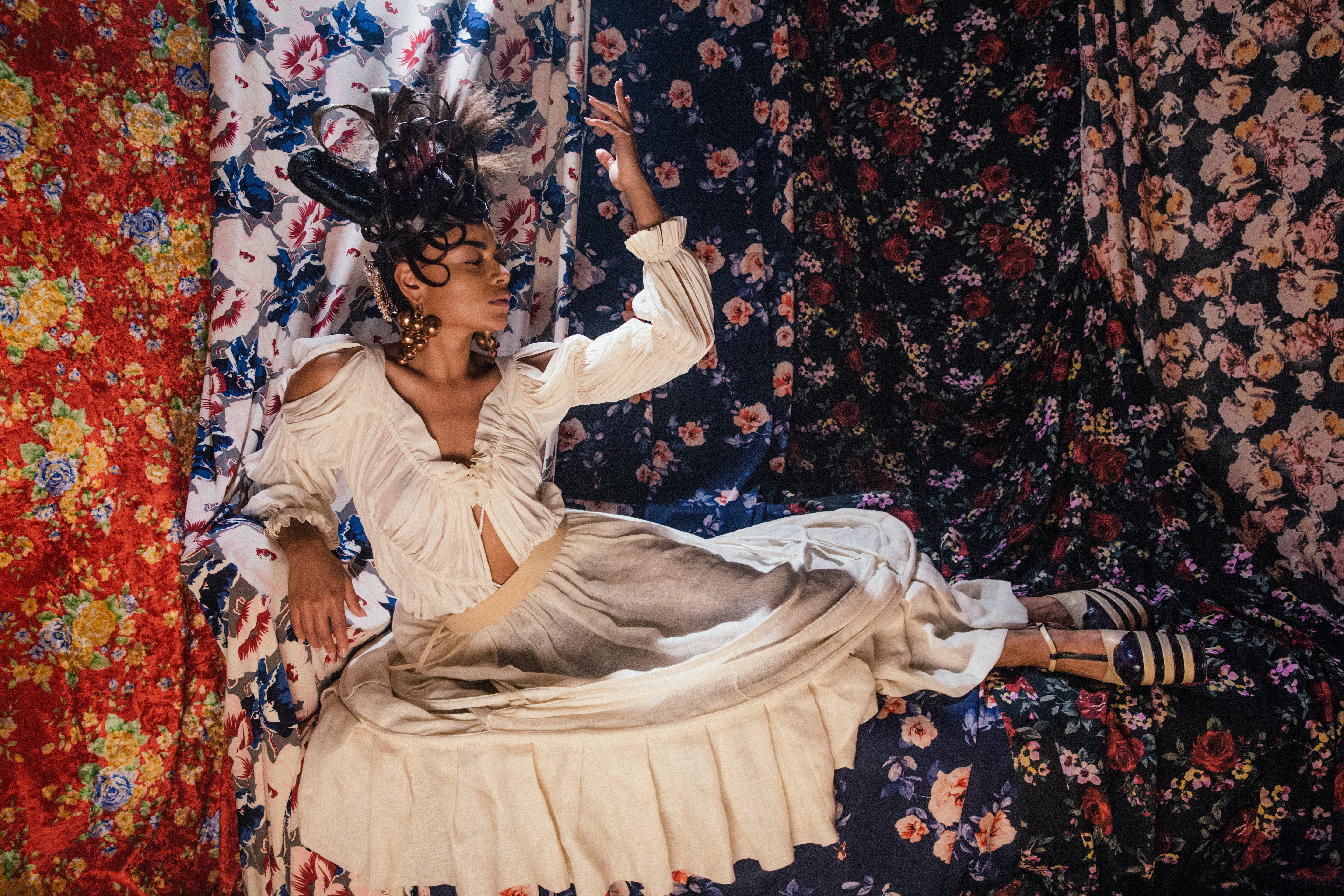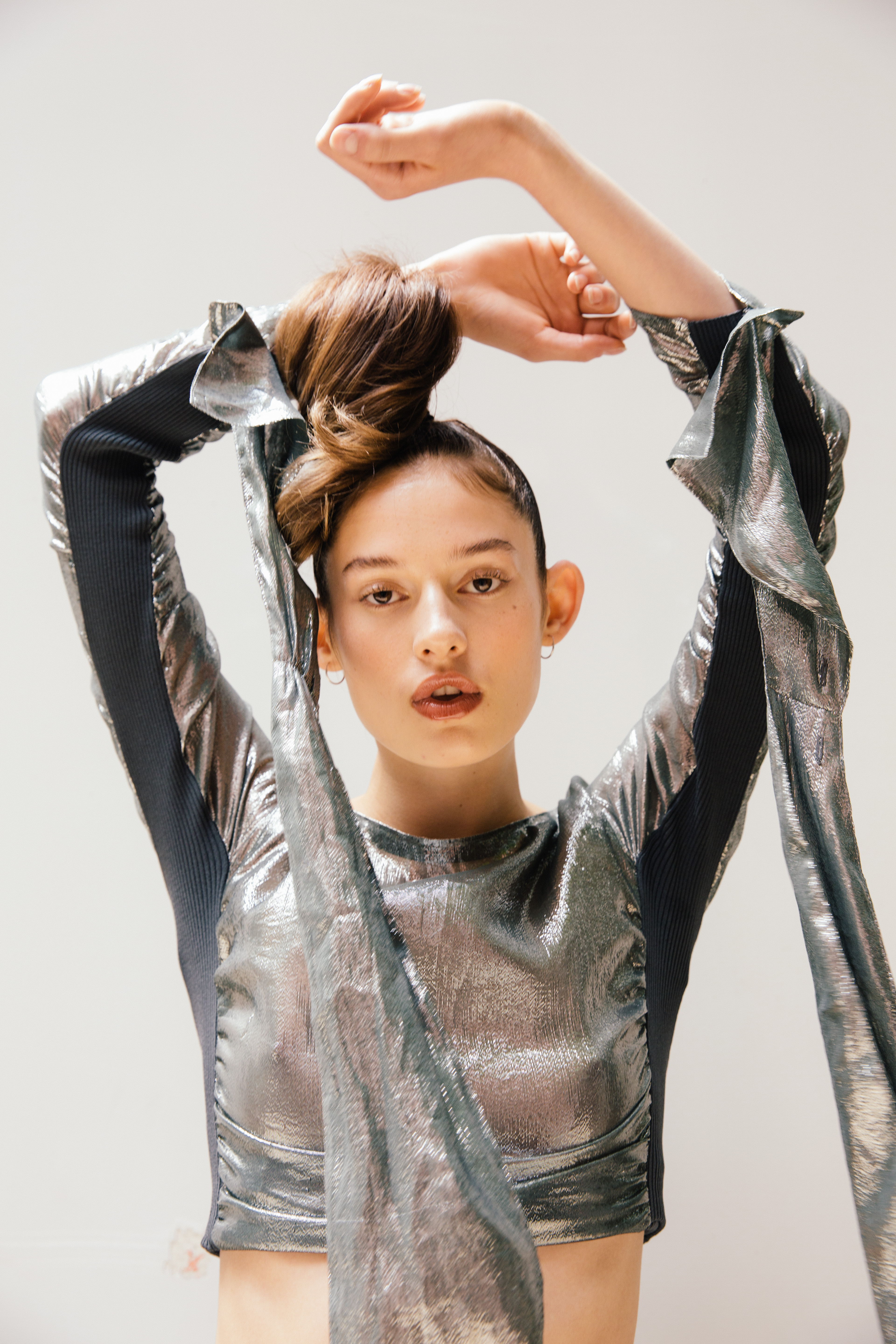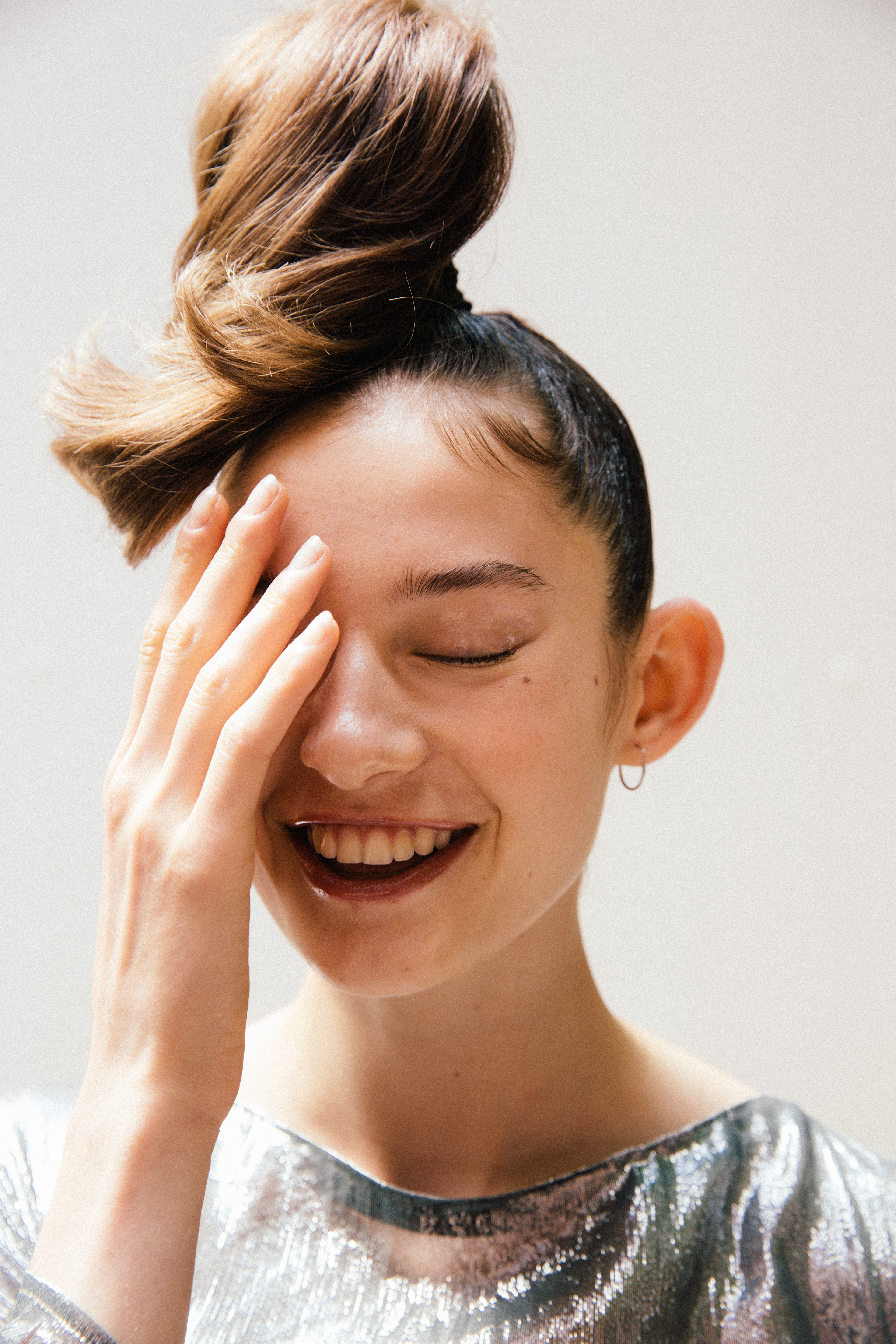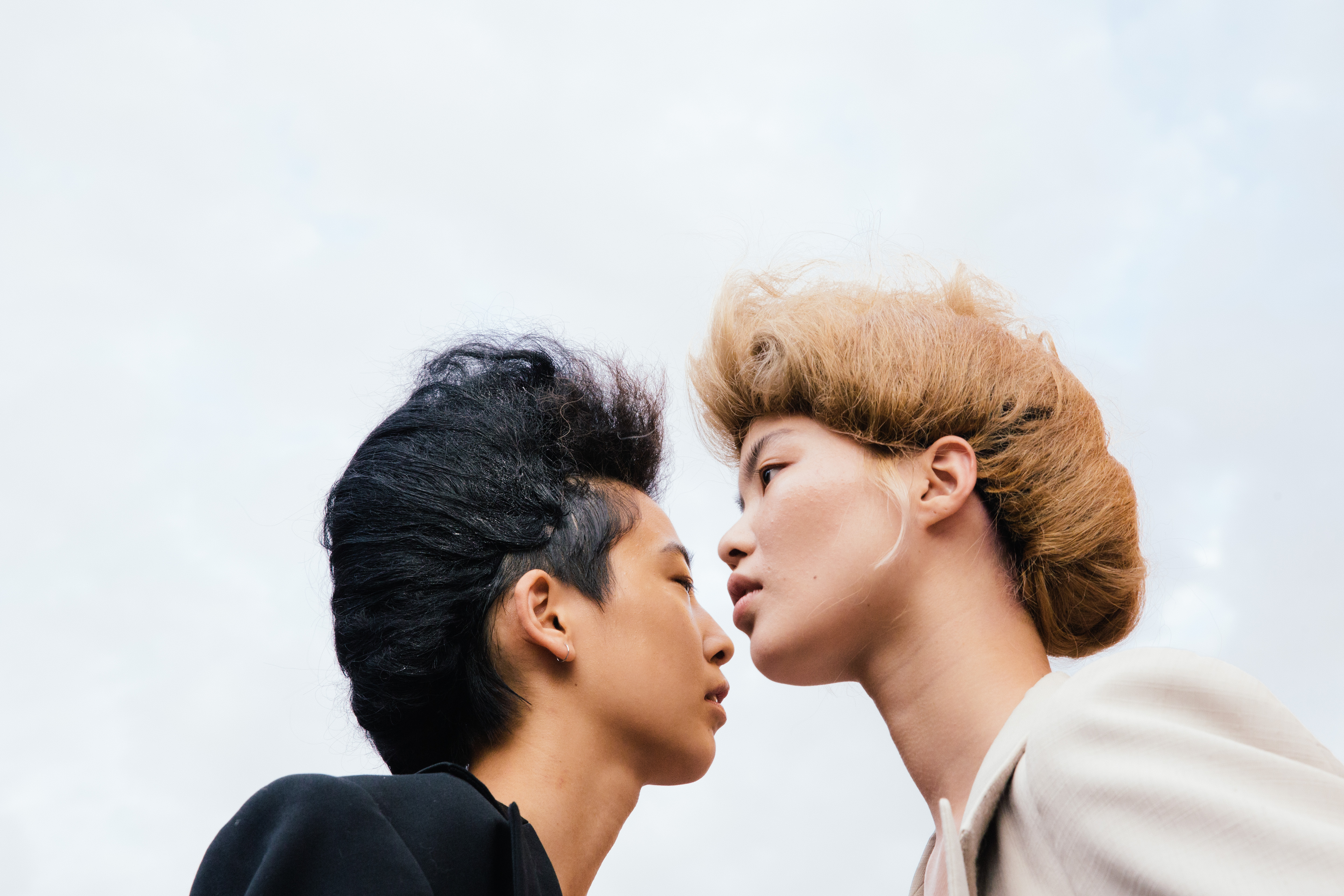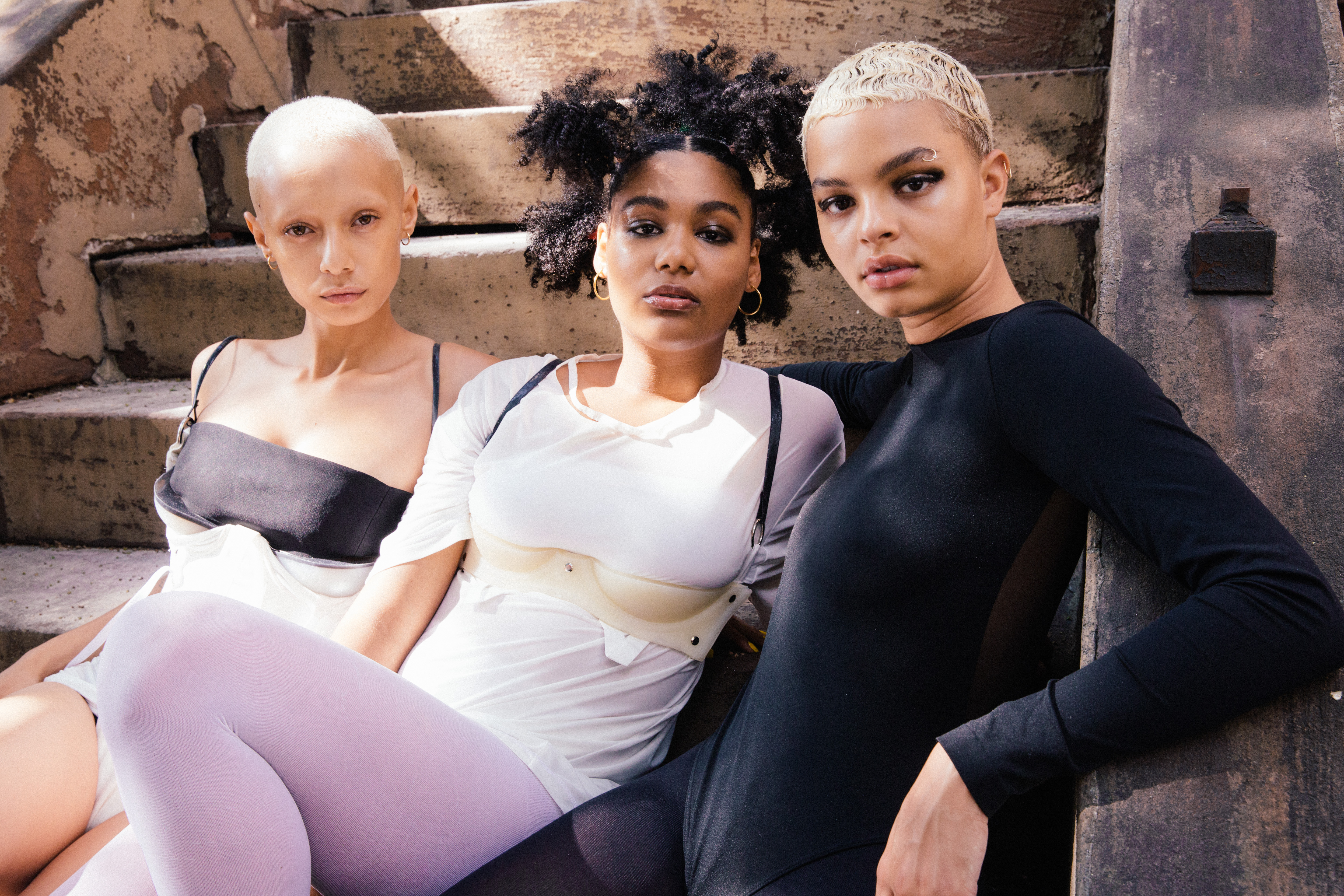
Jun 9 2017, 4:15pm
In the late 1960s, Elaine Mayes photographed the rock gods and teen runaways who flooded Haight-Ashbury, California’s countercultural epicenter. A new exhibition revisits her portraits, 50 years later.
Next week marks the 50th anniversary of the Monterey Pop Festival. America’s first large-scale rock concert drew between 25,000 and 90,000 people over three June days in 1967. A free-wheeling love-in that would set the stage for Woodstock two years later, Monterey first introduced the nation to the transformative sounds of Jimi Hendrix, The Who, and Janis Joplin. Beyond its music, Monterey is remembered as the lightning rod that ignited the Summer of Love. The counterculture incubated in Monterey quickly spread up the California coast and took root in San Francisco, luring over 100,000 young people to Haight-Ashbury.
A haven for anyone who rejected the cultural and political ideologies that had defined American life, the Golden Gate Park-adjacent neighborhood became flooded with runaways, rock gods, junkies, poets, radicals, pacifists, artists, drifters, and activists. Photographer Elaine Mayes documented these hippie halcyon days, and the harsh realities that wilted flower power (harder drugs, higher crime rates, and the worsening Vietnam War). Elaine Mayes: Summer of Love — a new exhibition of her black-and-white photographs opening tomorrow at Joseph Bellows Gallery — revisits this era, 50 years later.

Rebel, 25, Golden Gate Park, 1968
Mayes wound up in the Haight after studying at Stanford University, and later the San Francisco Art Institute. While in school, she began working as an independent photojournalist. In 1967, she embarked on an assignment to capture the Monterey Pop Festival, making in-the-moment photographs of the musicians, flower children, and festival fans who dropped out and tuned in.
The exhibition displays these photographs alongside Mayes’s other well-known body of work from the era: her formal portraits of fellow Haight residents after Monterey. Described in The New Yorker as, “understated and unsentimental but quietly astonishing, as if August Sander had been around for the Summer of Love,” these images at times captured another, harsher side to the hippie dream.

Linda, Haight-Ashbury, 1968
“Early on in the Haight I had realized that the Summer of Love was a media-fueled idea, and the media in fact had created the situation in the Haight,” Mayes has said. “I knew I wanted to make pictures that would show something other than the media version of Haight-Ashbury. I shifted from the photojournalistic approach that had served the magazine assignments to making formal portraits of people I knew or met on the street.” Mayes often made these portraits where she encountered her subjects: on stoops or in parks.
Mayes’s black-and-white photographs show the vast array of young people who came together to create a new kind of living — to break from the past and fashion a new future. And as the recent Berkeley Art Museum exhibition Hippie Modernism explored, the 60s’ struggle for utopia has much to teach us about technology, ecological consciousness, gender, social justice, and creative protest in the digital age. Mayes reminds us how the era’s idealism and expressivity radically altered the course of American culture.
‘Elaine Mayes: Summer of Love’ is on view at Joseph Bellows Gallery from June 10 to August 26, 2017. More information here.

Couple in Park, San Francisco, 1968
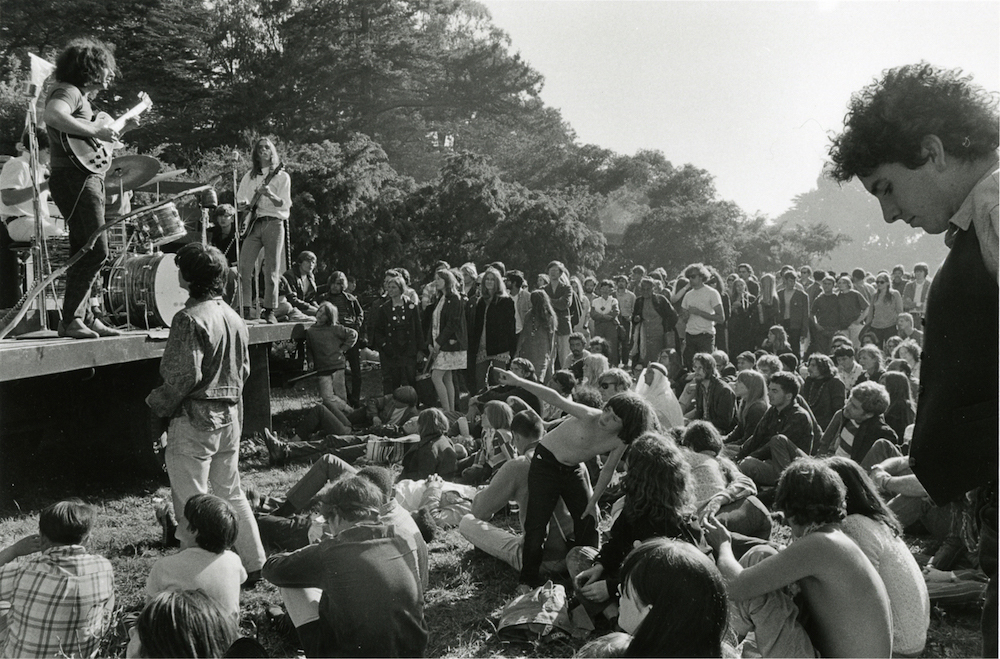
Grateful Dead, Golden Gate Park,1967
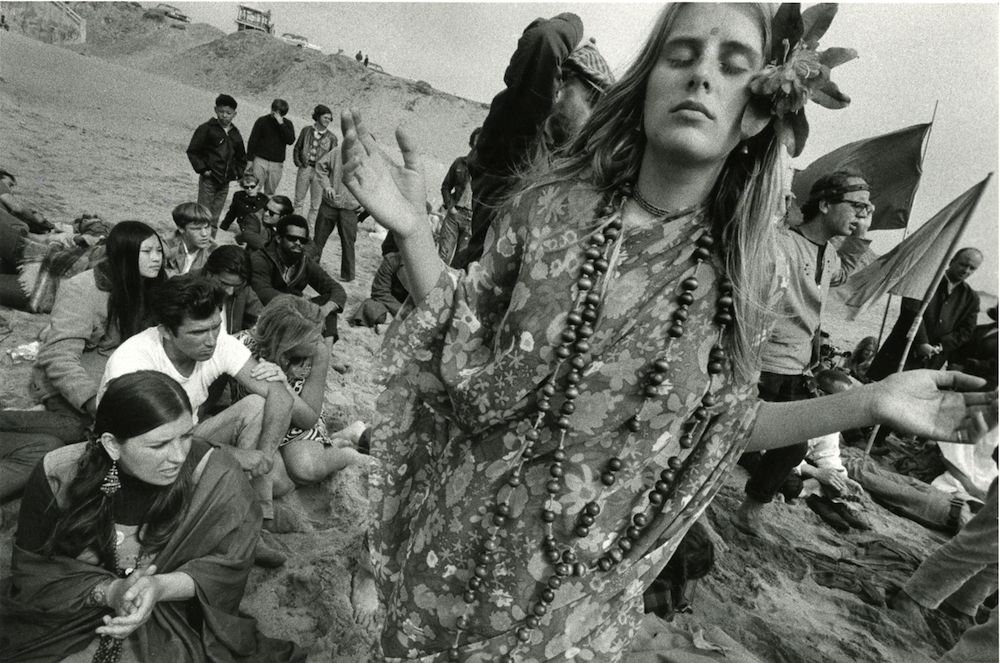
Krishna Devotee, 1967
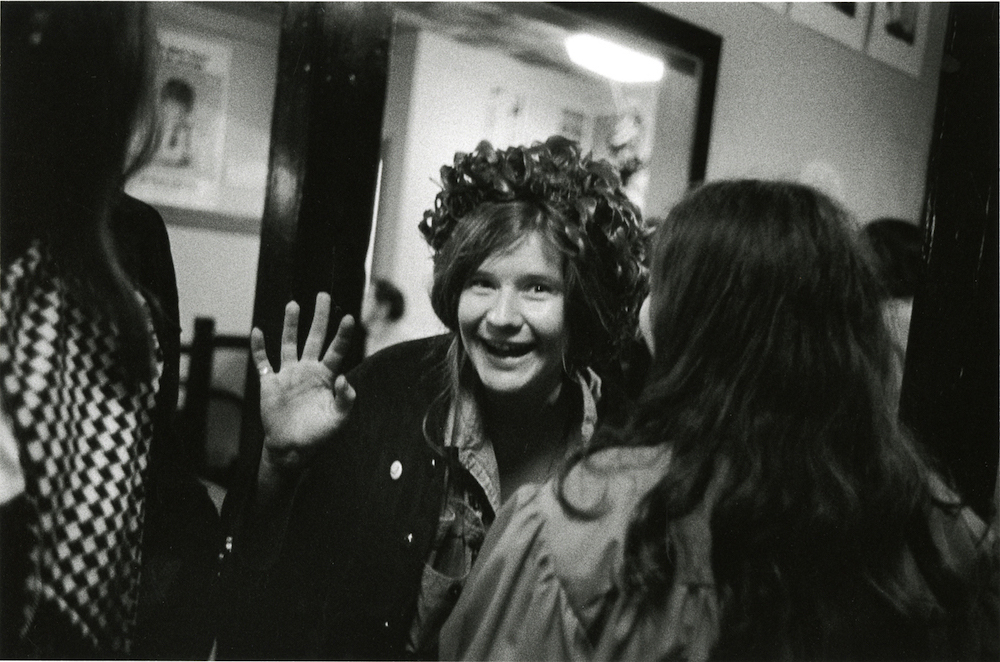
Janis at the Fillmore, 1967
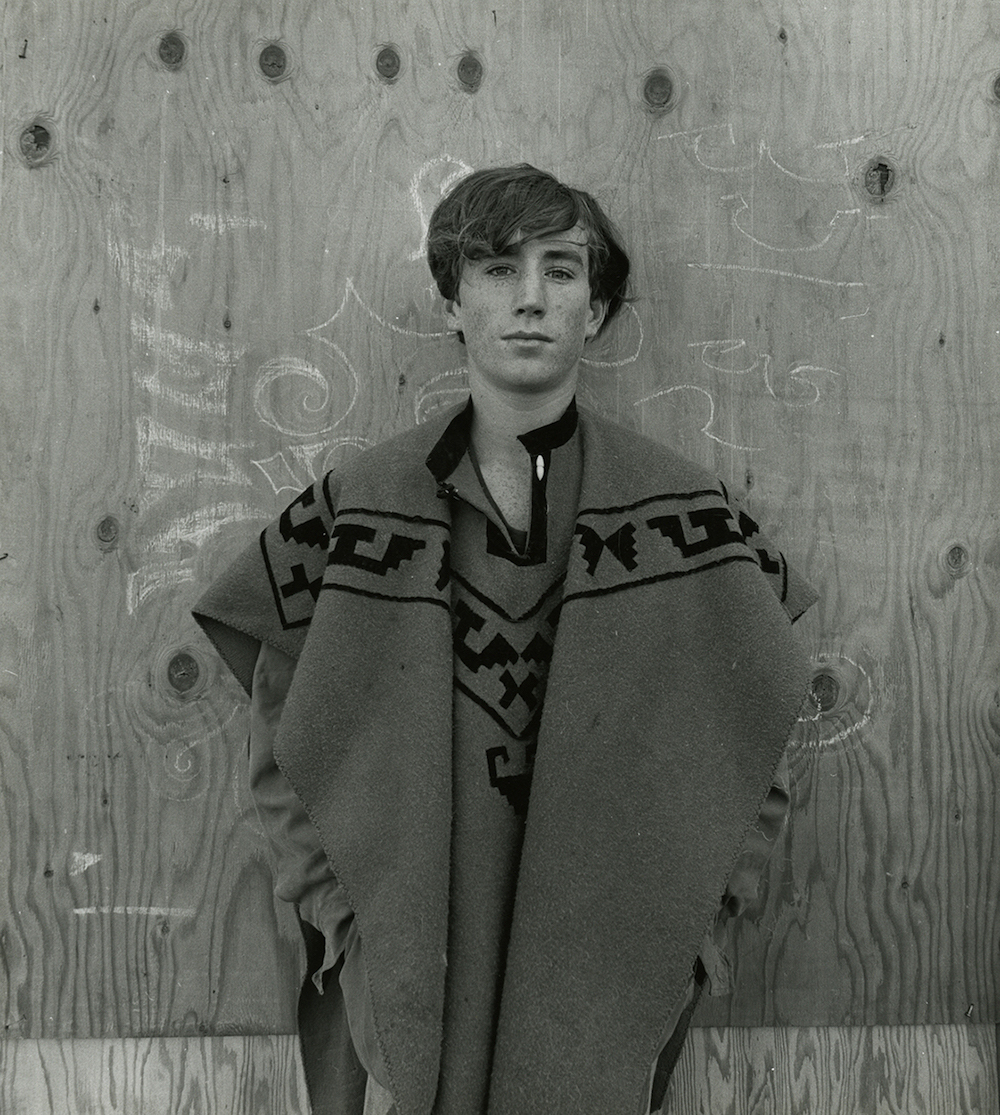

Steve Miller, 1967
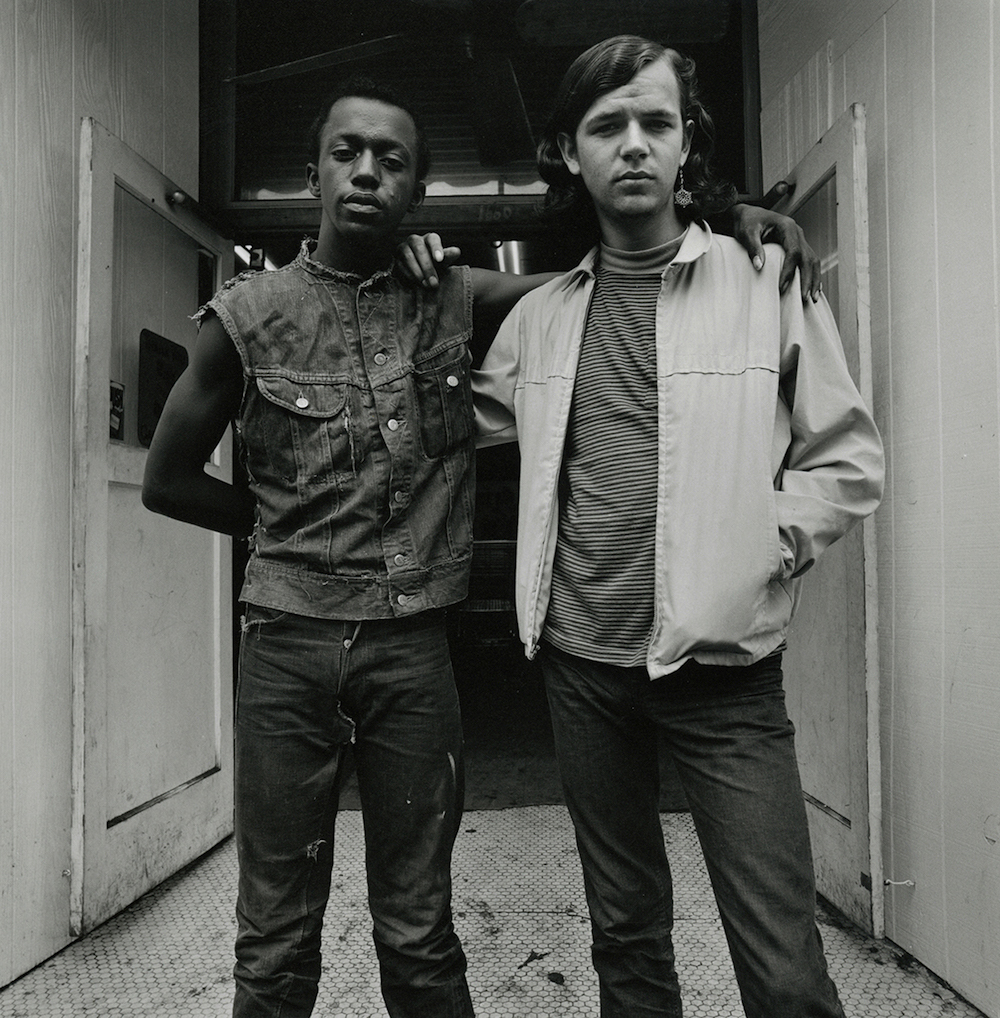
Two Friends, Haight Street, 1968
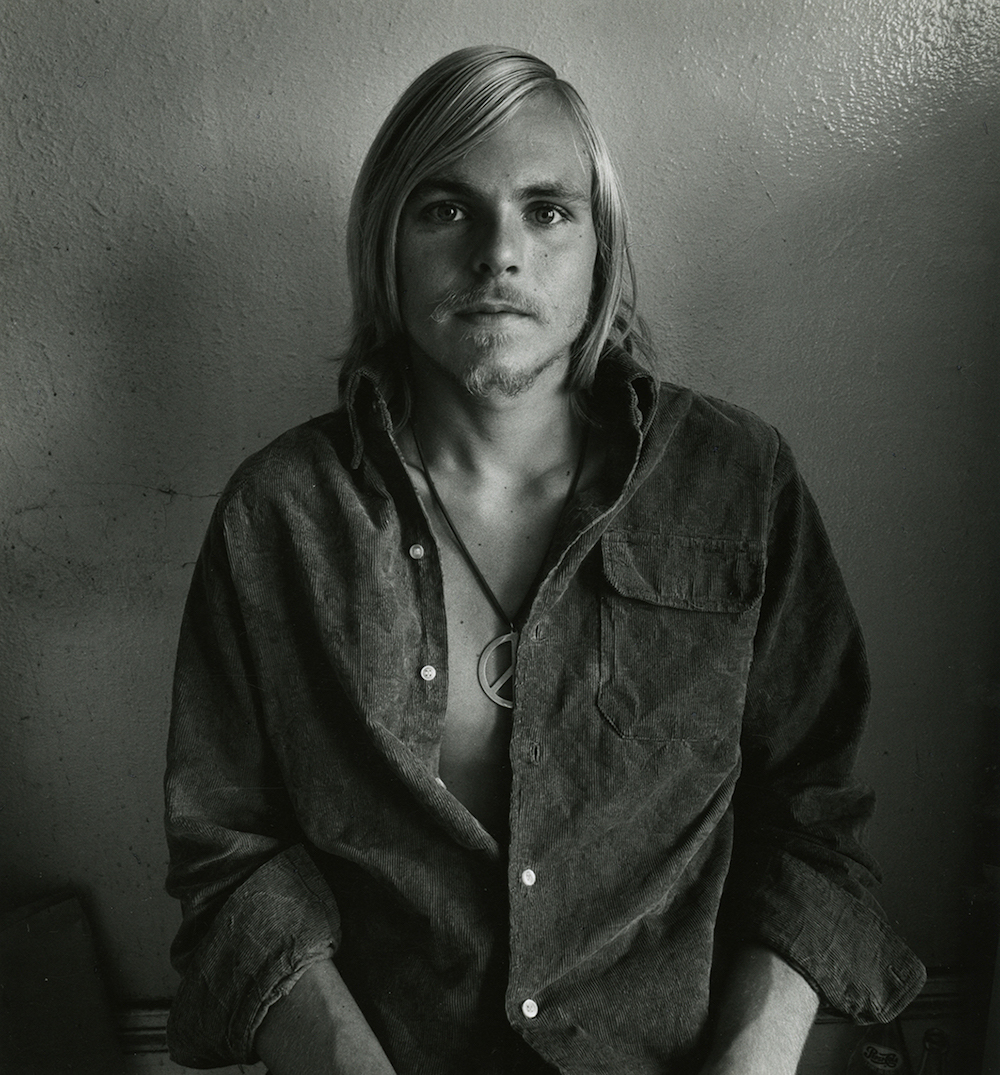
Haight-Ashbury, 1968
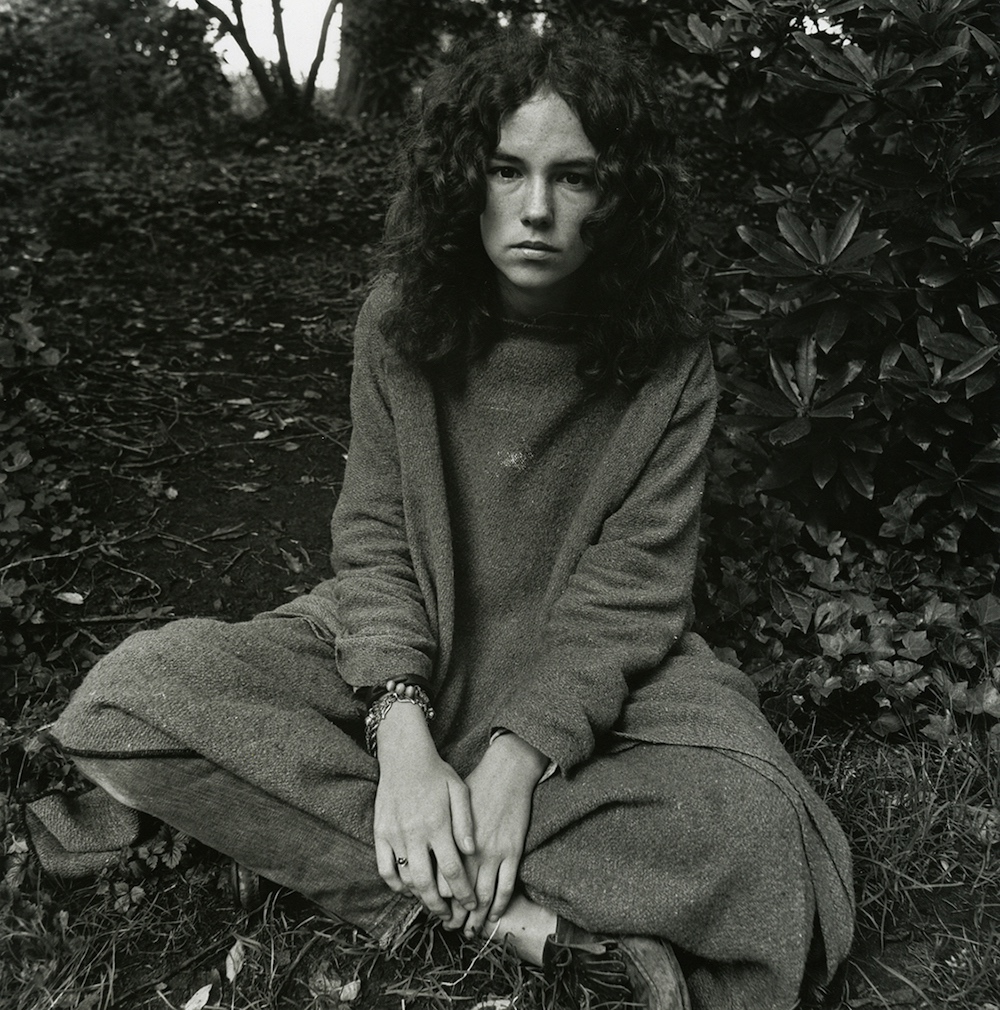
Haight-Ashbury (young woman in park), 1968
Credits
Text Emily Manning
Photography Elaine Mayes, courtesy of Joseph Bellows Gallery

